Our current challenge on What Expats Can Do is “Directly experience the lives and lifestyles of those different from us”. It made me reflect : How can we experience different lives if we do not have an entry channel to them? How can expats really become advocates for the lives and lifestyles of the people of their host countries?
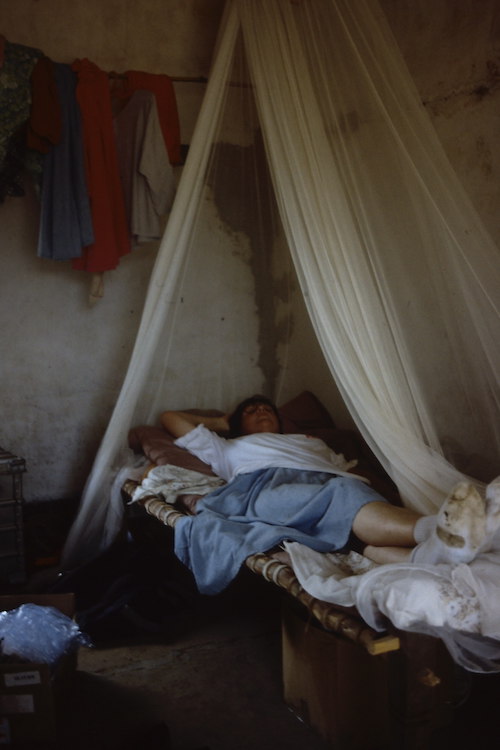
In South Sudan photo credit ©Claudia Landini
We know that arriving in a new country and learning how to function in it is an amazing experience in that it defies our preconceptions, opens up a whole world of unknowns both on ourselves and our culture and the hosting culture, and confounds our certainties and expectations making us feel vulnerable, and in a way, new.
However, our contact with the local reality is often obstructed by circumstance and marked by disparities. We might – and we often do – find ourselves living in conditions that are much more luxurious and comfortable than those of most of the local population. This creates a barrier which makes it difficult to build relationships on an equal footing, but more so it prevents us from getting in real touch with all sections of society and learning about the reality of the more uncomfortable aspects of life for the people we are living amongst.
I personally have been very fortunate in this respect because my life abroad has been driven by my husband’s work for the Red Cross, within which I also worked at the beginning. I won’t use this article to talk in detail about this beautiful movement (you can find out more here and there), but there are three things that are important for me in relation to our current challenge:
- Whenever a foreign delegate of the Red Cross arrives in a new country, he/she fits in or works in collaboration with an already established local structure, with which he shares seven very simple but highly impacting principles: humanity, impartiality, neutrality, independence, voluntary service, unity and universality. This means having a privileged entry channel into the new culture: Everyone involved shares the same values, intentions, methods and purpose, and this creates a base of commonality that serves to speed up the process of building relationships.
2. Working with the Red Cross means working for the most vulnerable, and acting on the basis of humanitarian principles. Local people know that when they welcome a foreign delegate, she is not there to make a profit from the country, but to work to alleviate the suffering of the local people. In my experience, this has made an enormous difference in how local people see the foreign person. And it certainly contributes to building deeper, long-lasting and fruitful relationships.
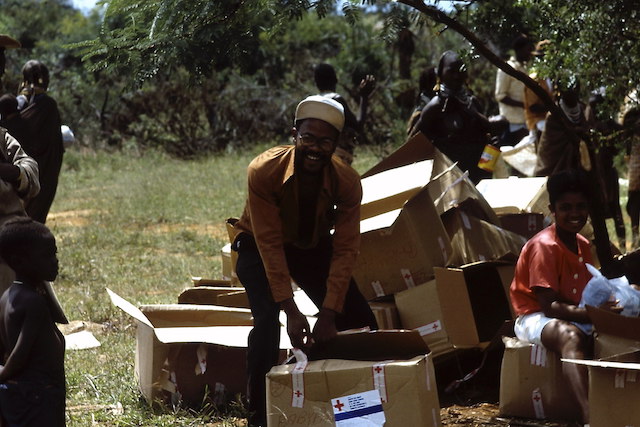
In Angola, photo credit ©Claudia Landini
3. Working with the Red Cross means coming into contact with situations that would not be accessible otherwise. In my long experience abroad I have visited war zones, hugged malnourished children, evacuated dying people, talked to families who have lost their homes and all of their belongings, seen people discriminated and dying in solitude because they had AIDS, and visited villages where in the Internet era there is no power or even latrines.
Contact with vulnerable, marginalized or disadvantaged sections of society has been central to my life abroad. Through it, I have increased my capacity for empathy and become a more complete person. All through these years, I have approached my hosting cultures through the most painful and dire situations – epidemics, famine, wars, natural disasters. This has carved a path for me towards human suffering, and it is in shared suffering that the truest feelings and the most beautiful side of human nature can be found. It is in these kinds of situations that the best of human values are expressed. All through my life abroad I felt as if I was embracing the whole world, as if I was touching the real core of our times. And each time I was so privileged as to see with my own eyes and touch with my own hands the conditions of people who are exactly like me, but who were born on the wrong side of the planet, I felt my own humanity expanding and gaining value. Living in contact with people that struggle to rebuild a house destroyed by a hurricane or have to cope with discrimination and marginalization when struck down by AIDS or Ebola, has been the greatest lesson life abroad could ever teach me.
Claudia Landini
Jakarta, Indonesia
February 2017

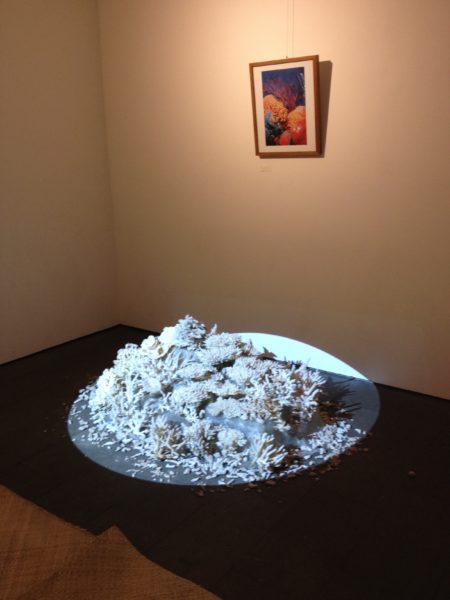
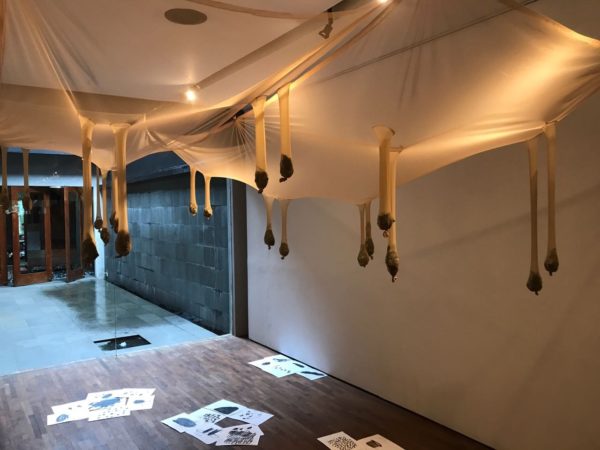
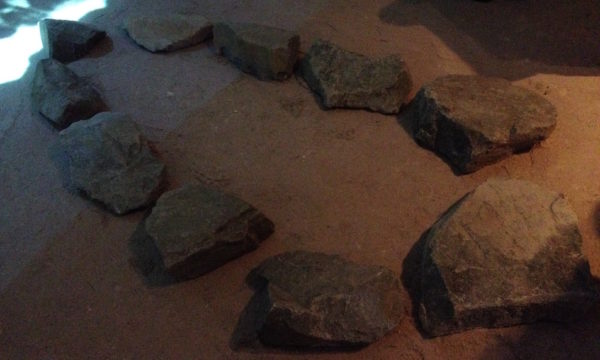
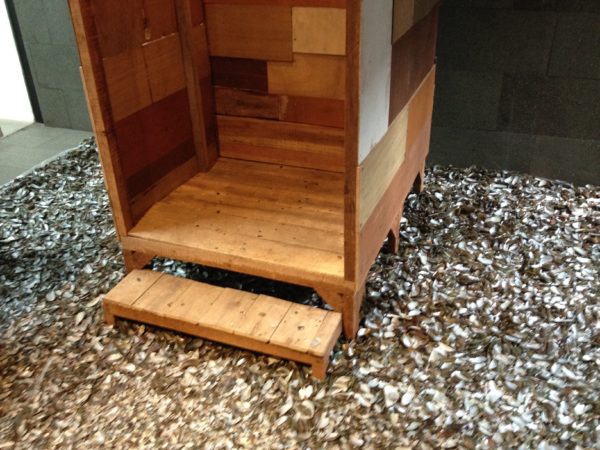
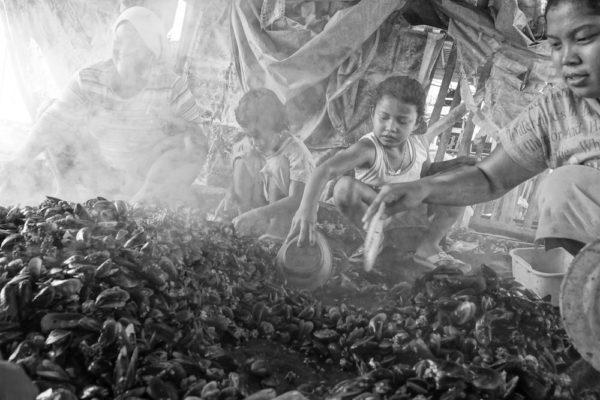
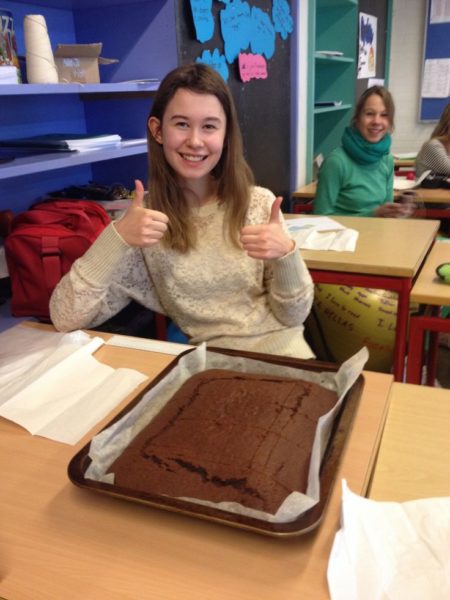
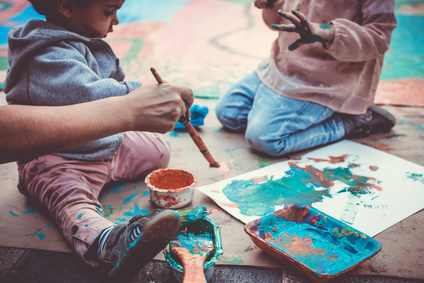 It could have been an ordinary well organized expat playgroup, like many I used to go to with my children in the past and in other countries.
It could have been an ordinary well organized expat playgroup, like many I used to go to with my children in the past and in other countries.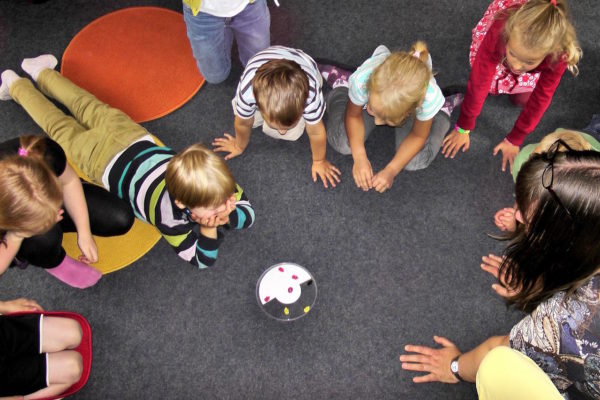 These women continued to be socially isolated and had little reason to leave the refugee shelter except to shop for food and clothing. Most of their time is spent indoors, caring for their young children without the aid of their own toys or care items, such as pushchairs/buggies and highchairs. We believed the playgroup concept would be a good way to reach out to these women and children. It also held promise of a way to pass on things like clothes, toys and baby-care items – things that are readily available from international families in our networks who are often on the move.
These women continued to be socially isolated and had little reason to leave the refugee shelter except to shop for food and clothing. Most of their time is spent indoors, caring for their young children without the aid of their own toys or care items, such as pushchairs/buggies and highchairs. We believed the playgroup concept would be a good way to reach out to these women and children. It also held promise of a way to pass on things like clothes, toys and baby-care items – things that are readily available from international families in our networks who are often on the move. This book takes us on a fascinating journey through human evolution, a journey covering ground that our collective sentiment, for the most part, has not yet explored. The discovery of mirror neurons – so-called empathy neurons – during the 1990s offers a completely different interpretation and is leading scientists from a wide range of disciplines to rethink the theories that characterized the age of reason. Today the cognitive sciences seem to recognize that the most profound human instinct is not the anticipation of pleasure, nor even the struggle for survival or the selfish fulfillment of our own needs, but rather the creation of social ties.
This book takes us on a fascinating journey through human evolution, a journey covering ground that our collective sentiment, for the most part, has not yet explored. The discovery of mirror neurons – so-called empathy neurons – during the 1990s offers a completely different interpretation and is leading scientists from a wide range of disciplines to rethink the theories that characterized the age of reason. Today the cognitive sciences seem to recognize that the most profound human instinct is not the anticipation of pleasure, nor even the struggle for survival or the selfish fulfillment of our own needs, but rather the creation of social ties.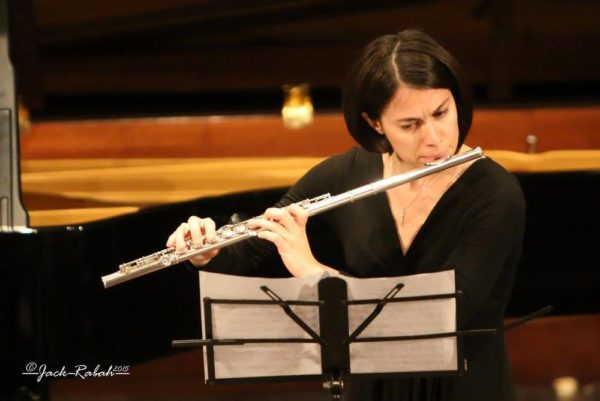 I am talking about people in a group, let’s say as in chamber music, where there is no conductor, but where music is created by the members of the group relating one to the other.
I am talking about people in a group, let’s say as in chamber music, where there is no conductor, but where music is created by the members of the group relating one to the other.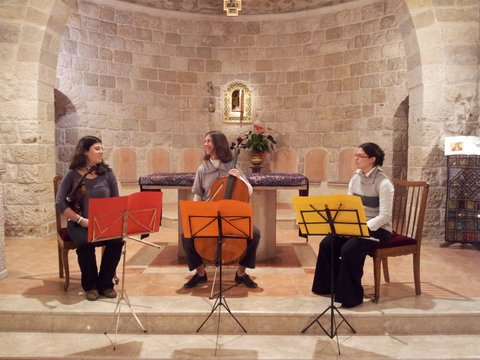 I so much appreciate these comments because they are perfectly in line with the aims of our project, ‘What Expats Can Do’. The idea is to find ways to get closer to the cultures that host us, so that the unknown becomes more and more familiar and does not frighten us. We are convinced that music is a wonderful way to do it. In some situations it is also a great way to break down barriers and “universalize” feelings. You have played (and have led others to play) with people from many walks of life – would you say that music is a language that contributes to minimize conflicts?
I so much appreciate these comments because they are perfectly in line with the aims of our project, ‘What Expats Can Do’. The idea is to find ways to get closer to the cultures that host us, so that the unknown becomes more and more familiar and does not frighten us. We are convinced that music is a wonderful way to do it. In some situations it is also a great way to break down barriers and “universalize” feelings. You have played (and have led others to play) with people from many walks of life – would you say that music is a language that contributes to minimize conflicts? 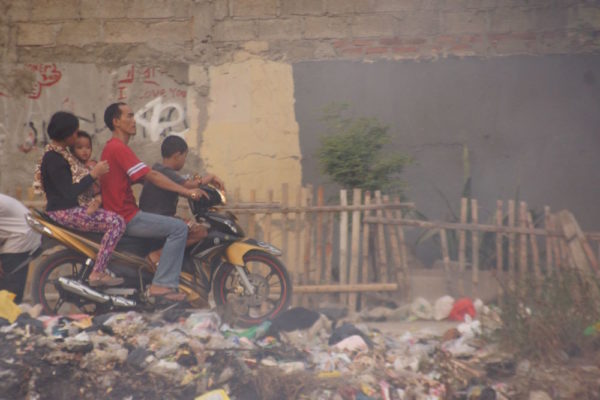 My family is not rich. My mom works as a maid and my dad moves from one casual job to another. The motorbike is essential for my mom to reach work every day, for my dad to job-hunt, and for us to go to school. Every morning, when it’s time to leave the house, my sister and I argue:
My family is not rich. My mom works as a maid and my dad moves from one casual job to another. The motorbike is essential for my mom to reach work every day, for my dad to job-hunt, and for us to go to school. Every morning, when it’s time to leave the house, my sister and I argue: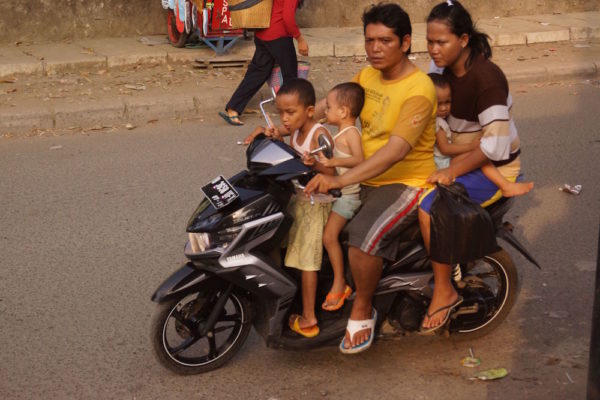 The trip is long. We leave early from our neighbourhood in the suburbs of Jakarta, a depressed area packed with makeshift homes where sewage flows in the open, and rats share space with humans. Hanging laundry and piles of garbage dot the area, until the first shops appear, taking a bit of the squalor away.
The trip is long. We leave early from our neighbourhood in the suburbs of Jakarta, a depressed area packed with makeshift homes where sewage flows in the open, and rats share space with humans. Hanging laundry and piles of garbage dot the area, until the first shops appear, taking a bit of the squalor away.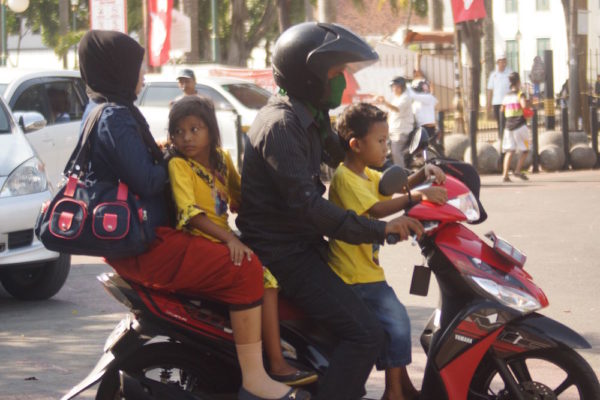 Some traffic lights are more interesting than others because of the hawkers. It is fun to see new things coming up all the time – colourful feather dusters are my favourite, they come in bright blue, pink, yellow and green, and I would give an arm and a leg to be able to touch them and feel the softness of the feathers. At the beginning of the year, huge calendars are on sale, and after elections, the portrait of the president and vice president are at all traffic lights.
Some traffic lights are more interesting than others because of the hawkers. It is fun to see new things coming up all the time – colourful feather dusters are my favourite, they come in bright blue, pink, yellow and green, and I would give an arm and a leg to be able to touch them and feel the softness of the feathers. At the beginning of the year, huge calendars are on sale, and after elections, the portrait of the president and vice president are at all traffic lights.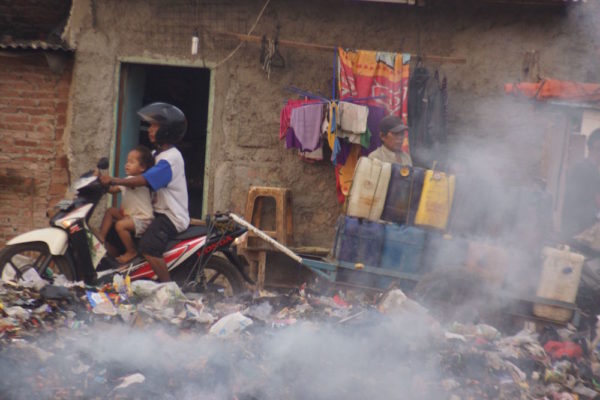 A few days later, at the same traffic light, her car was close to our motorbike again, her window open. She flashed me a huge smile and spoke to me. She was using my language, but I could not understand what she was saying. She said: “Saya dari Italia.” I had never heard that word, Italia, before. Plus, I was intimidated by how strange she looked, with her hair cut short and many different necklaces around her neck.
A few days later, at the same traffic light, her car was close to our motorbike again, her window open. She flashed me a huge smile and spoke to me. She was using my language, but I could not understand what she was saying. She said: “Saya dari Italia.” I had never heard that word, Italia, before. Plus, I was intimidated by how strange she looked, with her hair cut short and many different necklaces around her neck.